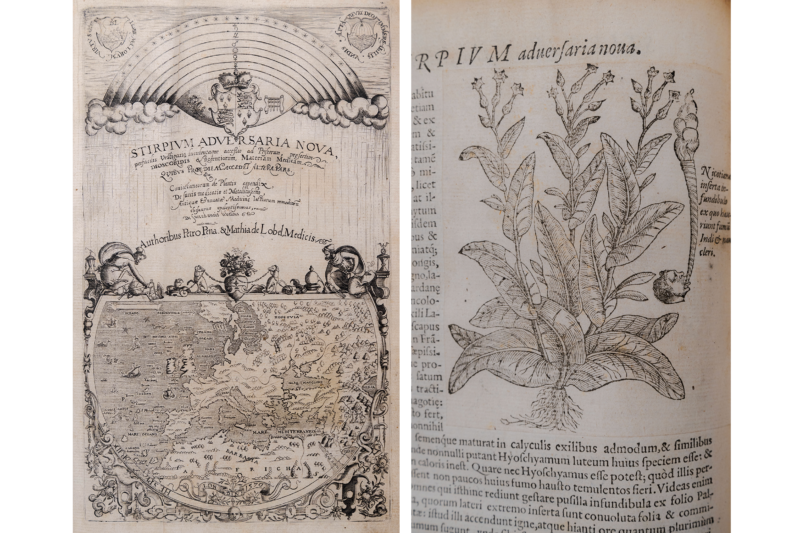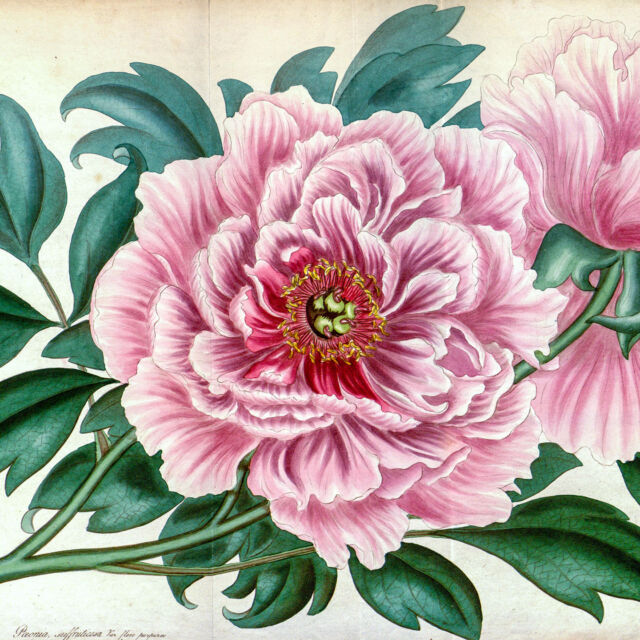A Book of Firsts
Stephen Sinon is the William B. O’Connor Curator of Special Collections, Research, and Archives in the LuEsther T. Mertz Library of the New York Botanical Garden.

Matthias de L’Obel
Published in London in 1570–71, Nova Stirpium Adversaria (A journal of new plants) is considered a milestone in the development of modern botany. It offered a system of plant classification that was based upon the shape of a leaf. Most other previous works on plants were arranged alphabetically or by medicinal characteristics. This work would distinguish between monocots and dicots and introduced a radical new classification system that would eventually lead to the creation of the Linnean system. This work was also instrumental in the development of botany as a science in its own right, separate from the study of medicine.
The authors of this work were Matthias de L’Obel (1538–1616), a Flemish botanist and physician, and Pierre Pena (1535–1605) a French botanist and physician. The two had met as students while studying medicine at the University of Montpellier under the renowned botanist Guillaume Rondelet (1507–1566). After completing their studies, the pair travelled around Europe, arriving in England in 1559. After this publication appeared, Pena returned to France and became a physician, never publishing again. L’Obel would settle in England and continued to publish and research. As a favorite pupil of Rondelet, he had inherited all of his manuscripts. L’Obel was appointed personal physician to both William of Orange and King James I.

Left: Title page of Nova Stirpium Adversaria, the first to appear in an English book, featuring the first map ever printed in an English publication; Right: First printed illustration of a tobacco plant, alongside a cherub blowing smoke
Unique in the early history of printing, this work would be published no less than four times over a period of 48 years, and each time under a different title. It features the very first title page to appear in any published English book and this title page also sports the first map published in England. This work also offers the first illustrations of sweet potato, pitcher plant, and tobacco.
SUBSCRIBE
Enter your email address to subscribe to this blog and receive updates on new posts.











